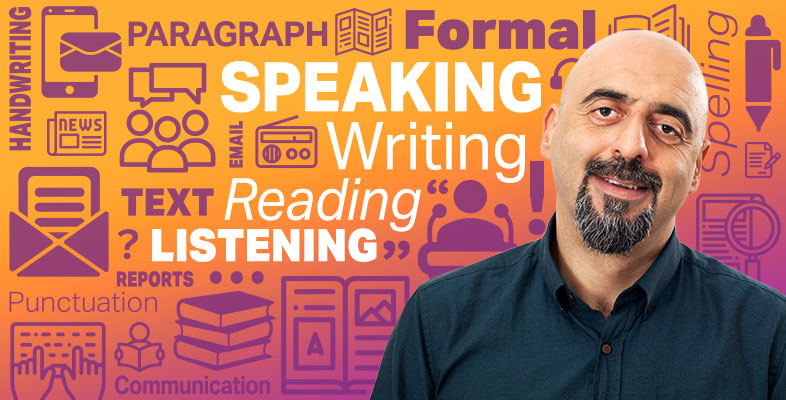2.2 It’s the way you say it
It is not just your body language that can give the game away about how you feel. The old saying ‘It’s not what you say, it’s the way that you say it’ contains a great deal of truth. Your voice carries a lot of hidden messages to the listener. It can reveal:
- your emotions
- how interested you are in what is being said
- even your state of health.
Your voice shows these differences in a variety of ways, particularly:
- how fast or slowly you speak: your pace
- how clearly you say the words: your articulation
- how loudly or softly you speak: your volume.
Activity 9 Pace, articulation and volume
Listen to the audio below, in which a spokesperson introduces a new England rugby coach to journalists. What do you notice about the speaker’s pace, articulation and volume?
Transcript
Discussion
See if your observations match those below.
- The speaker starts hesitantly. He tests the microphone to check it is working.
- He speaks slowly and clearly in an attempt to gain the attention of the people in the room. They need to know he has an important announcement to make.
- He articulates his words and keeps the pace slow. This might be so that the journalists can write down what he is saying. However, he might be talking too slowly, as they sound increasingly impatient.
- He tries joking and apologises for any inconvenience.
- Towards the end, he slows the pace again because he wishes to build up the tension before revealing who the coach is. Again, the journalists want him to hurry up and urge him to ‘get on with it’.
Several things can affect the way you speak.
If you are angry or upset, you may talk very quickly. So emotions can affect the pace of speaking.
If you are interested in what is being said, you tend to be more precise. This focus helps you to articulate more clearly.
If you are not feeling at your best, you may turn your volume down and talk quietly or with little energy.
You can use this flexibility in pace, volume and articulation to create different effects when you are speaking.
In this section you have looked at:
- the ways people communicate non-verbally
- how to use positive body language to enhance your speaking and listening
- how to change your pace, articulation and volume to convey a message.
